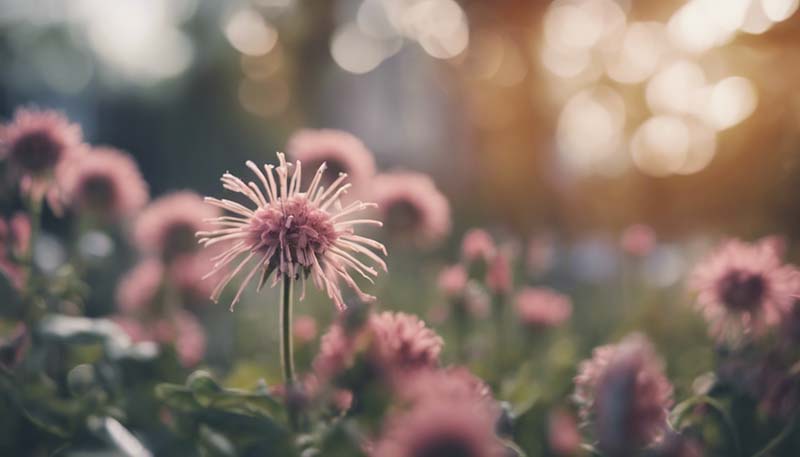Seasonal Flower Diseases: Prevention and Treatment
Maintenance | 2024-03-06
Seasonal Flower Diseases: Prevention and Treatment
Flowers are a beautiful addition to any garden or home, but they can be susceptible to a variety of diseases. In this article, we will discuss the most common seasonal flower diseases and how to prevent and treat them to keep your flowers healthy and vibrant.
1. Powdery Mildew
Powdery mildew is a fungal disease that affects a wide range of flowers. It appears as a white or gray powdery substance on the leaves and stems of the plant. To prevent powdery mildew, follow these tips:
- Provide adequate air circulation by spacing plants properly and pruning dense foliage.
- Water plants at the base, avoiding wetting the leaves, as moisture can encourage fungal growth.
- Use a fungicide spray as a preventive measure, especially during periods of high humidity.
If powdery mildew is detected, remove the affected leaves and treat the plant with a fungicide. Repeat the treatment every 7-10 days until the disease is under control.
2. Black Spot
Black spot is a fungal disease that affects roses and other flowers. It appears as black spots with a yellow halo on the leaves. To prevent black spot, follow these tips:
Advertisement
- Prune plants to improve air circulation and remove any dead or diseased leaves.
- Water plants at the base, avoiding wetting the leaves.
- Apply a fungicide spray as a preventive measure during periods of high humidity or rainfall.
If black spot is detected, remove the affected leaves and treat the plant with a fungicide. Repeat the treatment every 7-10 days until the disease is under control.
3. Rust
Rust is a fungal disease that affects a variety of flowers, including roses, peonies, and irises. It appears as orange, yellow, or brown pustules on the leaves and stems of the plant. To prevent rust, follow these tips:
- Prune plants to improve air circulation and remove any infected leaves or stems.
- Avoid overhead watering, as moisture can encourage fungal growth.
- Apply a fungicide spray as a preventive measure during periods of high humidity or rainfall.
If rust is detected, remove the affected leaves and stems and treat the plant with a fungicide. Repeat the treatment every 7-10 days until the disease is under control.
4. Leaf Spot
Leaf spot is a fungal or bacterial disease that affects a wide range of flowers. It appears as small, circular spots on the leaves, which can be black, brown, or tan. To prevent leaf spot, follow these tips:
- Water plants at the base, avoiding wetting the leaves.
- Prune plants to improve air circulation and remove any infected leaves.
- Apply a fungicide or bactericide spray as a preventive measure during periods of high humidity or rainfall.
If leaf spot is detected, remove the affected leaves and treat the plant with a fungicide or bactericide. Repeat the treatment every 7-10 days until the disease is under control.
5. Root Rot
Root rot is a fungal disease that affects the roots of flowers, causing them to become soft and rotten. It can be caused by overwatering or poor drainage. To prevent root rot, follow these tips:
- Ensure proper drainage by planting in well-draining soil and using containers with drainage holes.
- Avoid overwatering and allow the soil to dry out slightly between waterings.
- Use a fungicide drench as a preventive measure during periods of high humidity or rainfall.
If root rot is detected, remove the affected roots and treat the plant with a fungicide. Repot the plant in fresh, well-draining soil and avoid overwatering in the future.
Conclusion
Preventing and treating seasonal flower diseases is essential for maintaining healthy, vibrant plants. By following the tips outlined in this article, you can minimize the risk of disease and keep your flowers looking their best all season long.

Comments